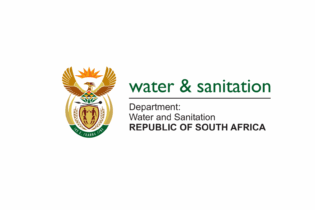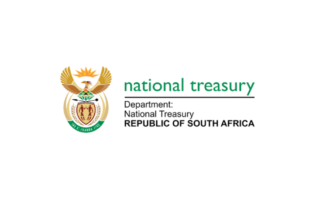The Department of Water Affairs has implemented its plan for a 90-day turnaround on water use licence (WUL) applications – applying this new timeframe as of 1 April 2021.
This step is to be applauded, according to SRK Consulting environmental scientist Megan Kim Govender, although it does mean that applicants will now need to be more prepared with their submissions. The DWS announced last year a revision to its regulations on WULA procedures, reducing the targeted timeframe from 300 days. All submissions after 1 April 2021 will follow the 90-day review and decision process while applications initiated before 1 April 2021 will still follow the 300-day process. “By speeding up the process, it is hoped that applications can be adjudicated faster, and licences issued more quickly – allowing developers to initiate projects sooner,” said Govender. “However, more detailed studies and preparation must be conducted upfront to ensure a complete submission that meets all DWS requirements.” She warned that the new system may give DWS case officers less time to request information that might be unclear, incomplete or missing from the submission – in which case the whole application may be rejected. This would send applicants back to the drawing board and delay their projects. “There will be no opportunity for the applicant to submit any missing information or refine details during the 90-days,” agreed Jacky Burke, principal scientist at SRK Consulting. “Applications must contain all the necessary specialist information, design requirements and supporting information first time around.”WULA submissions must now include detailed engineering specifications, in accordance with the DWS’s technical advisory notes (TANs) and design checklists, said Burke. This is in line with global best practice, which is moving toward closer integration of engineering aspects with environmental, social and governance (ESG) issues and financial sustainability in all projects.
Govender noted that the pre-application phase of the WULA will include a pre-application meeting with the DWS case officer, meetings with the DWS sub-directorates (for instream water uses and engineering designs), site visits, technical report compilation and the completion of the necessary departmental forms. “Once the full WULA – including supporting information – is submitted, the clock will start ticking and DWS will have 90 days to assess the application,” she said. “It will be important for applicants to cover all the bases to reduce the chance of rejection.” She recommended that, in addition to the regulated pre-application meeting with DWS, applicants should also request a pre-submission meeting to check that there are no obvious gaps or shortcomings in their documentation. Certain DWS offices already conducted such meetings. “One of the changes that the new system brings is that applicants will now generally have to advance their projects to feasibility stage – rather than pre-feasibility – before their WULA submissions can comply with the levels of detail required by the department,” she said. “Nonetheless, it is wise to engage knowledgeable consultants, with experience in the application process, at an early stage in the project life-cycle.”







